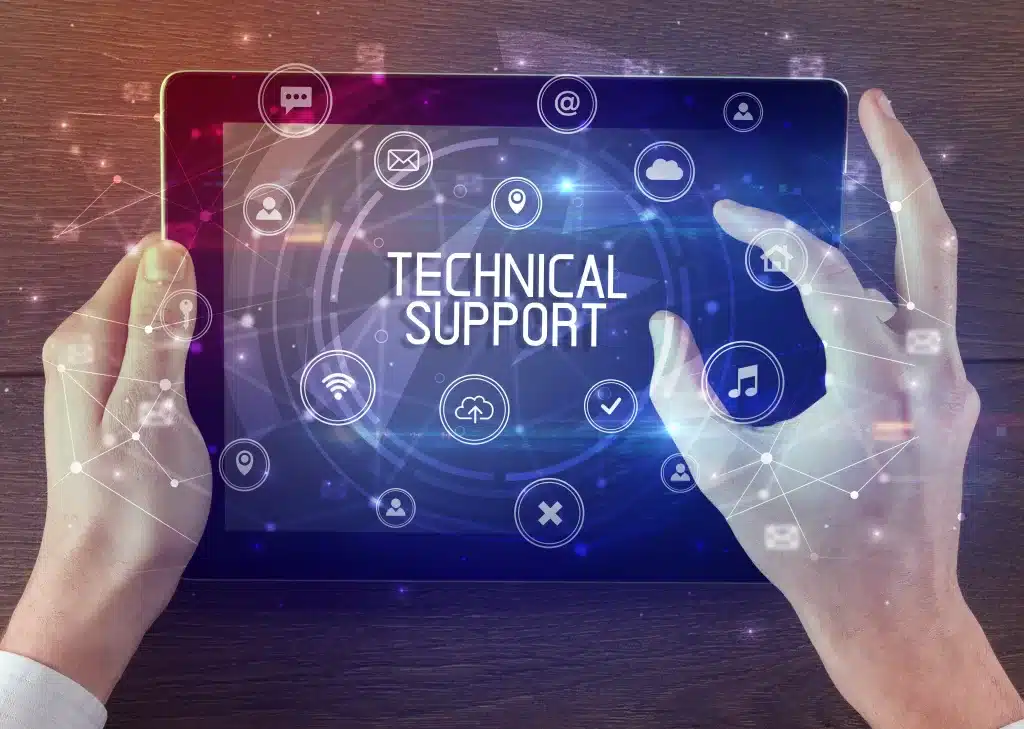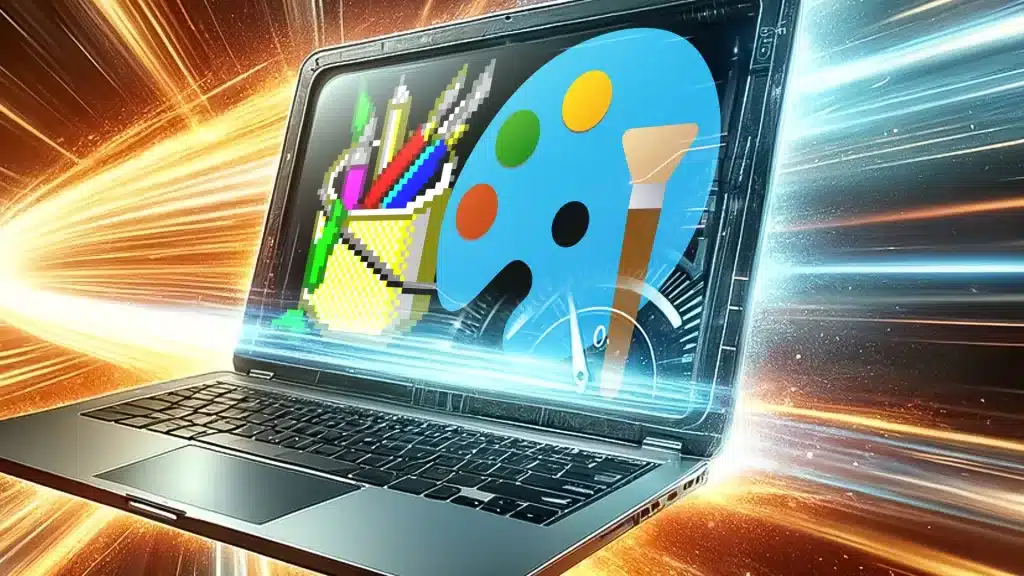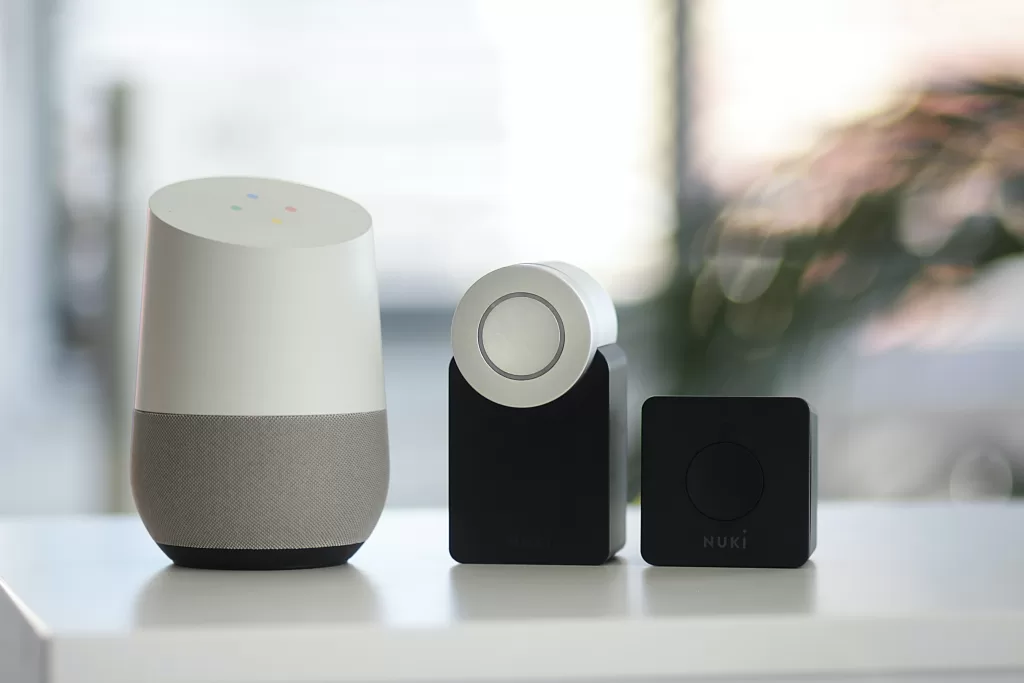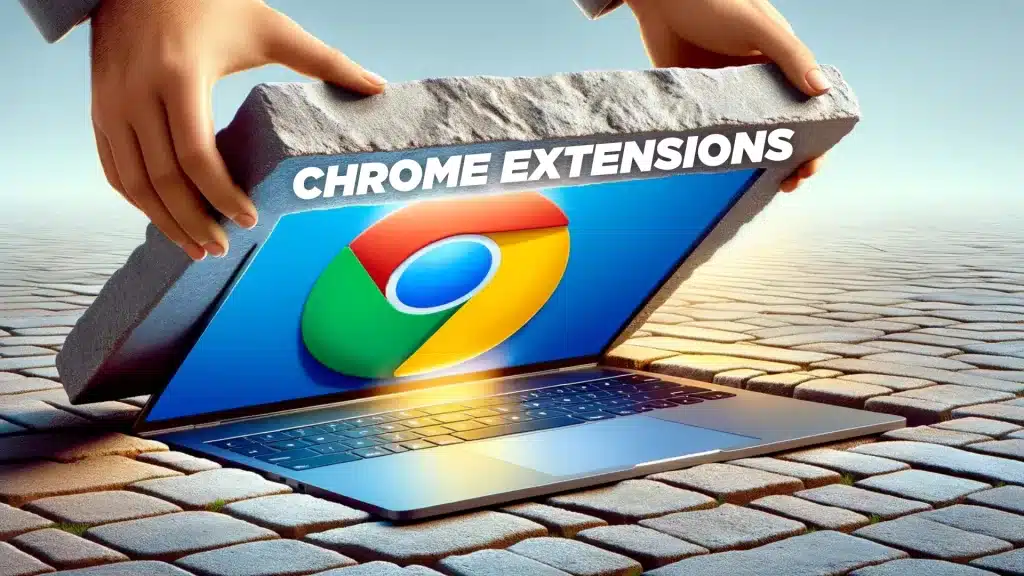Before you can accurately compare the fees, services and deliverables of one IT services company to that of another, you need to understand the two predominant pricing and service models most of these companies offer. Many companies offer a blend of the two, while others are strict about offering only one service plan. The two most popular are:
- Time And Materials (Hourly). In the industry, we call this “break-fix” services because the IT company is called to “fix” something when it “breaks” instead of doing regular maintenance and support. These services are typically priced by the hour. The price you pay will vary depending on the provider you choose and the complexity of the problem. Ransomware removal will require a more experienced and skillful tech vs. a simple printer problem.
Under this model, you might be able to negotiate a discount based on buying a block of hours. The scope of work might range from simply resolving a specific problem (like fixing slow WiFi or resolving an e-mail problem) to encompassing a large project like a software upgrade, implementing cyberprotections or even an office move. Some companies will offer staff augmentation and placement under this model as well.
Similar to this are value-added reseller services. VARs typically do IT projects for organisations that have internal IT departments. The term “value-added” reseller is based on the fact that they resell hardware (PCs, firewalls, servers, etc.) and software, along with the “value-added” services of installation, setup and configuration. VARs typically service larger organisations with internal IT departments. A trend that has been gaining ground over the last decade is that fewer VARs exist, as many have moved to the managed IT services model. - Managed IT Services (MSP, or “Managed Services Provider”). This is a model where the IT services company, called an MSP, takes on the role of your fully outsourced IT department. In this model, they handle everything related to your IT “infrastructure.” That includes (but is not limited to) the following:
- Troubleshooting IT problems (help desk support).
- Setting up and supporting PCs, tablets, Macs and workstations for new and existing employees, both on-site and remote.
- Installing and setting up applications such as Microsoft 365, Google Workspace, SharePoint, etc.
- Setting up and managing the security of your network, devices and data to protect against hackers, ransomware and viruses.
- Backing up your data and assisting in recovering it in the event of a disaster.
- Providing a help desk and support team to assist employees with IT problems.
- Setting up and supporting your phone system.
- Monitoring and maintaining the overall health, speed, performance and security of your computer network on a daily basis.
In addition to managing your IT, a good MSP will provide you with an IT road map and budget for necessary projects to further secure your network and improve the stability and availability of critical applications, as well as ensure that your IT systems are compliant with various data protection laws (GDPR, PCI, etc.) and that your cyberprotections meet the standards on any cyber insurance plan that you have.
What are the pros and cons?
The advantage of break-fix services is that you only pay for IT support when you need it, without being locked into a monthly or multiyear contract. If you’re not happy with the service you’re getting, you can change providers easily. If you’re a microbusiness with only a few employees, very simple IT needs where you don’t experience a lot of problems and don’t host or handle sensitive data (medical records, credit cards, National Insurance numbers, etc.), break-fix might be the most cost-effective option for you.
However, the downsides of break-fix services are many, particularly if you’re NOT a microbusiness and/or if you handle sensitive, “protected” data. The five big downsides are as follows:
- Break-fix can be very expensive when you have multiple issues. Because you’re not a managed client, the IT company resolving your problem will likely take longer to troubleshoot and fix the issue than if they were regularly maintaining your network and therefore familiar with your environment AND had systems in place to recover files or prevent problems from escalating.
- Paying hourly works entirely in your IT company’s favor, not yours. Under this model, the IT consultant can take the liberty of assigning a junior (lower-paid) technician to work on your problem who may take two to three times as long to resolve an issue that a more senior (and more expensive) technician may have resolved in a fraction of the time because there’s no incentive to fix your problems fast. In fact, they’re incentivized to drag it out as long as possible, given that they’re being paid by the hour.
- You are more likely to have major issues. One of the main reasons businesses choose a managed services provider is to PREVENT major issues from happening. As Benjamin Franklin famously said, “An ounce of prevention is worth a pound of cure.”
- You can’t budget for IT services and, as already explained, could end up paying more in the long run if you have to constantly call for urgent “emergency” support.
- You won’t be a priority for the IT company. All IT firms prioritize their contract managed clients over break-fix clients. That means you get called back last and fit in when they have availability, so you could be down for days or weeks before they can address your problem.
Are you done with ongoing IT problems, downtime and ineffective systems? Then it’s time you gave us a call and let us deliver the responsive, quality IT support you want with friendly, US-based techs who are both knowledgeable and easy to work with.
Schedule your free initial consultation with one of our senior advisors by calling us at 01752 546967 or going to www.limbtec.com/book-a-call
On this call we can discuss your unique situation and any concerns you have and, of course, answer any questions you have about our services and how we might be able to help you. We are also happy to provide you with a competitive quote.















Recent Comments